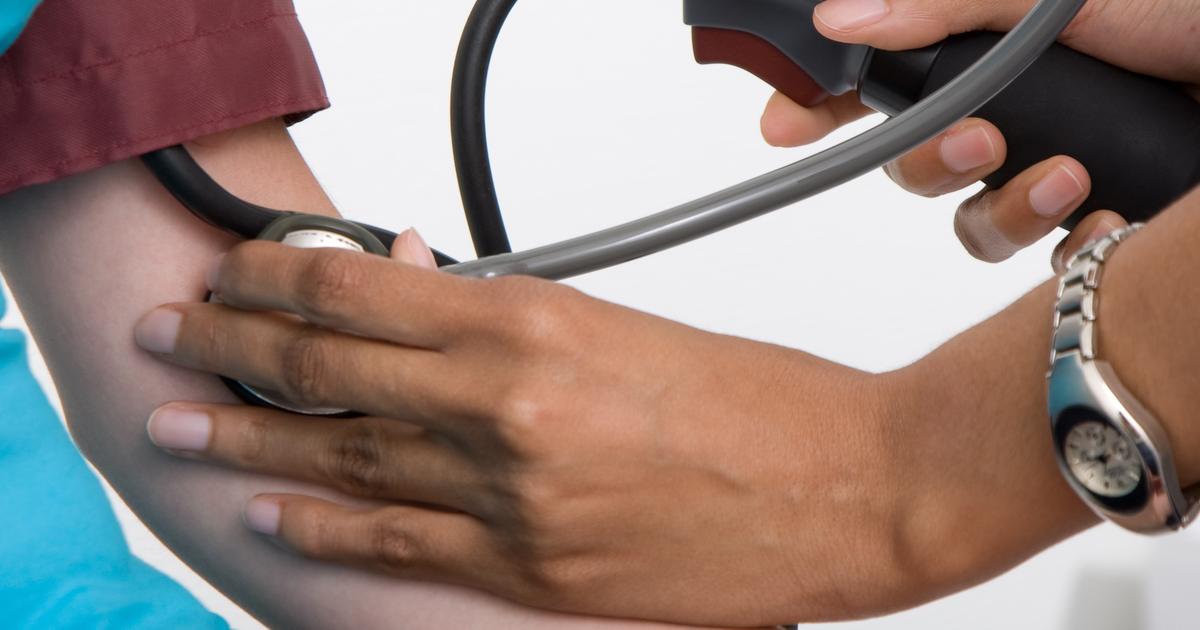10 Unseen Culprits Behind Peripheral Vascular Disease: A Riveting Roadmap
Imagine the vital highways within your body—your blood vessels—silently narrowing, creating dangerous roadblocks that choke off life-giving blood flow to your arms and legs. This is the stealthy advance of Peripheral Vascular Disease (PVD), a serious condition that can progress from subtle leg cramps and unexplained hair loss on your limbs to severe pain, non-healing ulcers, and even discolored toes. While treatments exist to manage symptoms and prevent devastating complications, the real power lies in understanding what paves the way for this arterial constriction in the first place. This isn't just random chance; specific lifestyle habits and underlying health conditions act as the primary culprits. We’re about to unmask 10 of these key offenders, equipping you with crucial insights to recognize your risks, protect your circulatory system, and take proactive steps towards lasting vascular health.
1. Cold Temperatures

An individual who is very sensitive to cold temperatures and is exposed to cold temperatures frequently may develop peripheral vascular disease. Peripheral vascular disease is characterized by a condition called atherosclerosis, and the plaque buildup in the arteries is what causes the general narrowing of the blood vessels because it leaves less space for the blood to move through. While this mechanism alone can cause a patient to develop peripheral vascular disease, other risk factors can cause even mild atherosclerosis in the limbs to progress into peripheral vascular disease. When the blood vessels come into contact with heat, they are known to dilate. When blood vessels come in contact with colder temperatures, their natural tendency is to constrict. Blood vessels that are already partially lined with plaques can become completely obstructed when they come into contact with very cold temperatures because the vessel constriction closes any space left for blood to pass through.
2. High Blood Pressure

Blood pressure is defined as the force of the blood against the blood vessel walls as it is moving through them. High blood pressure over an extended duration can cause the blood vessels to incur damage, and thus, an individual with high blood pressure is at an increased risk of developing peripheral vascular disease. When blood vessels incur damage to their lining or endothelium, they become more penetrable and allow cholesterol and other fatty substances to enter into the affected individual's bloodstream. The entry of the fatty substances into the blood vessel walls triggers the immune system, which sends an influx of immune components to the site where the fatty substances have entered the vessel walls and cause further collection and calcification of these substances. The plaque sticks to the endothelium throughout the blood vessels with the help of the inflammatory response of the body, ultimately resulting in atherosclerosis. Atherosclerosis can move into the arteries that supply the limbs, which is how peripheral vascular disease develops.
